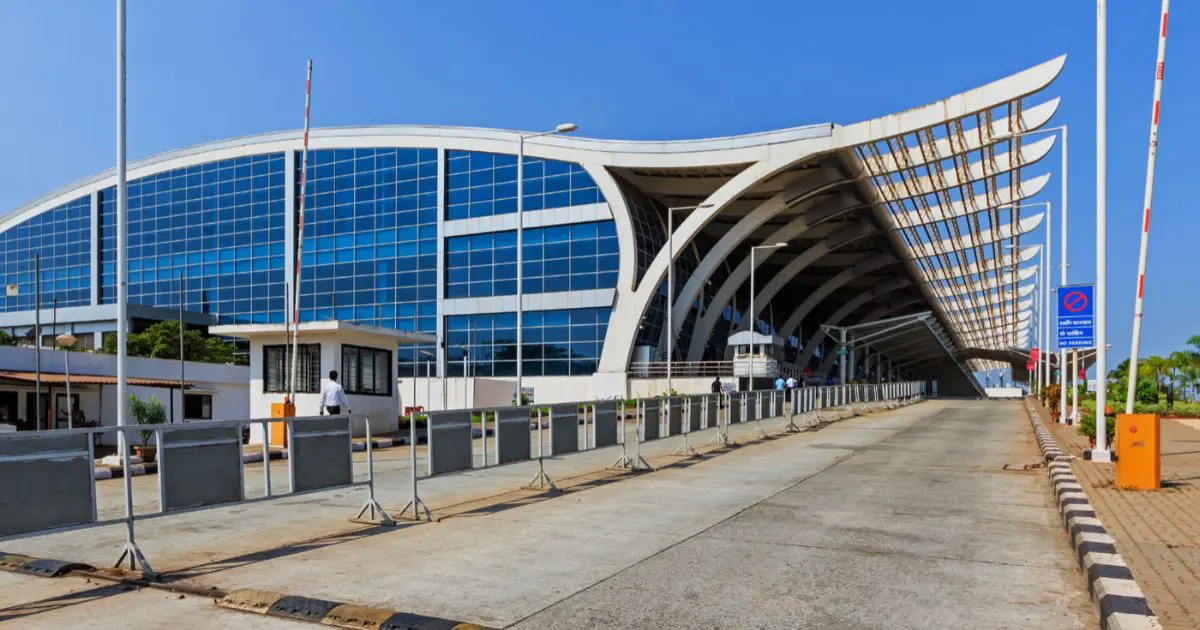
Bilateral access may prove contentious for airlines, airports as new facilities sprout
While airports will want additional access, airlines may disagree, for foreign airlines could then deploy additional flights to India

Earlier this year, Goa started operating its second airport (Manohar International Airport at Mopa), becoming the first Indian city to have two operating commercial airports. Cities like Delhi, Mumbai and Ahmedabad will also see dual airports in the years to come.
The success of these airports depends on airlines adding flights to and from, especially international flights. And those flights, in turn, are governed by complex bilateral arrangements: bilateral rights are needed to operate flights to another country.
As dual-airport systems develop, a contentious issue of bilaterals will come to the forefront. While airports will want additional access, thus enabling airlines to add flights, airlines may not necessarily be of the same view. Because additional access also means foreign airlines deploying additional flights to India. Impacts on supply and demand and pricing levels follow.
For India’s airlines, this can be a double-edged sword. As it stands, airports and airlines will find themselves diametrically opposed to the issue. An impasse is in the offing.
The Chicago convention
An air services bilateral is a treaty between two nations which governs the commercial air transport and carriage of passengers and goods between them. Most bilateral agreements evolved after World War II, when 54 nations came together in Chicago to discuss civil aviation, and agreed on a series of rules in the Convention on International Civil Aviation (commonly known as the Chicago convention). These then came to define the overarching air transport policy framework under which air services operate across the globe.
Also read: Air India’s mega aircraft order could change India’s aviation dynamics
Bilateral air services have provisions on traffic rights or routes that can be flown, cities that can be served and any associated freedoms. Additionally, they mention the capacity or the number of flights that can be operated or the number of passengers that can be carried between the bilateral partners. Bilaterals also have details on designation, ownership and control restrictions.
The rationale behind bilaterals has been twofold. Historically, most of the airlines were state owned and, thus, there was a need to ensure that the home carrier flourished. In addition, due to the labour-intensive nature of airlines and the economic multipliers, airline services provided (in the range of 3X – 7X), protectionist elements with a view of aiding the respective countries’ economy and local employment.
Points of call
Bilateral air service agreements highlight points of call or points that foreign airlines may fly into. These have largely been metro airports, but with the development of Kannur International Airport in Kerala, an interesting challenge emerged. Namely, Kannur wanted to be named as a point of call while the government took the view that this could not be done as Kannur was not a metro city. As it stands, the airport is not served by any foreign airline.
Also read: India’s airlines are under-capitalised; tough decisions are need of hour
Similarly, Goa will want Mopa airport to be a point of call and the airport is almost certainly going to push for a policy change. As will Jewar in Uttar Pradesh and Navi Mumbai, and the other greenfield airports that will come up.
Compromise may be way forward
As airports and airlines find themselves on opposite sides of the issue, a negotiated settlement or compromise may be the only way forward. Because, for airports, if bilaterals are not enhanced, it would mean the current airports losing some traffic to new airports. And they will fight this tooth and nail.
For airlines, too, it would mean more competition for existing airlines, but this will have to be balanced with additional access to currently constrained cities like Dubai and Singapore. Some airlines do want additional rights but not all; some may be able to deploy and utilise additional rights and some will also see their rights taken away. There are no easy solutions.
Watch: Indian aviation sector saw 10-fold growth in 10 years: Scindia
In the backdrop are the various free trade agreements being negotiated, policies such as ‘Look East’ and ‘Neighborhood First’ and regional groupings that are gaining traction. With aviation being such a critical driver for cities and city-states, such as Dubai and Singapore, the bilateral access issue is likely to be brought up or even included in meeting agendas. Arguments that will be used in favour of liberal bilateral agreements include jobs, economic growth and the choice they provide to consumers. Free market proponents will also espouse the critical need for the free market to determine outcomes.
But this will have to be balanced with policies like Atmanirbhar, Make in India and with India’s own aviation interests.
With a growing middle-class and an increasing number of air travellers, forecasts indicate that the country could have in excess of 414 million total passengers by 2027. And all consensus forecasts indicate that by the end of this decade, India will be the third-largest aviation market in the world. Consequently, bilaterals will become even more important to India and the countries looking to access the growing traveller base.
The National Civil Aviation Policy (NCAP) of 2016 opened up the Indian skies to airlines in nations beyond 5,000 km. As such, the fight will be mostly for Middle East and SE Asia bilaterals — which also happen to be extremely deep markets for Indian and foreign airlines alike. Even so, they are not equal markets. Because the volumes India provides can simply not be matched.
(The writer is Managing Partner with aviation advisory firm AT-TV)

